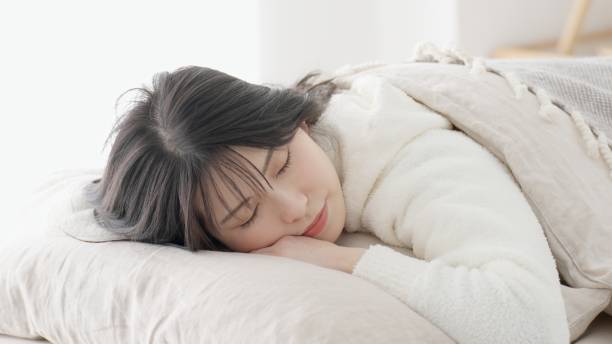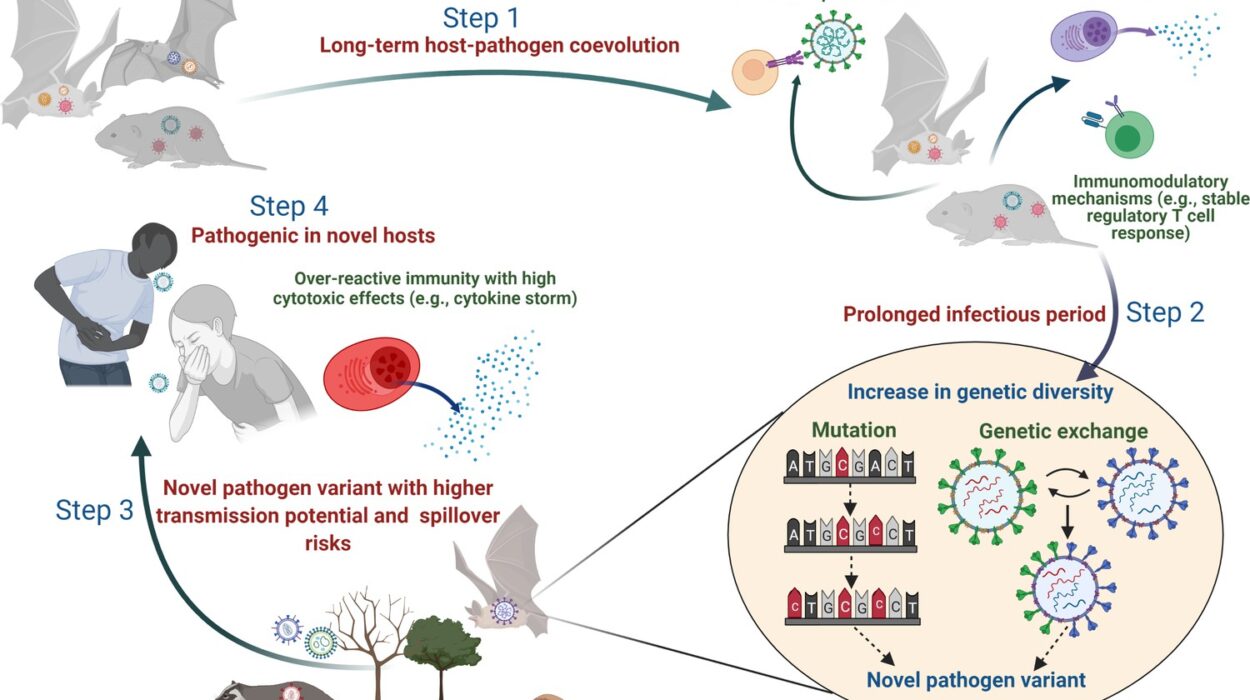Sleep is one of the most vital pillars of human health, as essential as food, water, and air. Yet for millions of people worldwide, sleep does not come easily. Nights are often restless, mornings are heavy, and days become clouded with fatigue, irritability, and poor focus. Scientists have discovered that disrupted sleep is more than just an inconvenience—it is deeply linked to our physical, emotional, and cognitive well-being. When sleep is broken or inadequate, every aspect of life suffers.
Sleep disorders are conditions that disturb normal patterns of sleep. They affect not only how long people sleep but also the quality of that rest. Left untreated, they can contribute to serious health issues like cardiovascular disease, diabetes, depression, weakened immunity, and even shortened lifespan. Understanding these disorders is therefore essential—not only for those who suffer but also for society as a whole.
In this article, we will explore the 10 most common sleep disorders, explaining what they are, what causes them, how they affect the body and mind, and what science currently knows about treating them.
1. Insomnia
Insomnia is perhaps the most widely recognized sleep disorder. It is defined as difficulty falling asleep, staying asleep, or waking up too early and being unable to return to sleep. People with insomnia often lie awake for hours, tossing and turning, while their minds race with thoughts. Even if they manage to sleep, they often wake up feeling unrefreshed.
There are two main types of insomnia:
- Acute insomnia, which lasts for days or weeks, often triggered by stress, illness, or a major life event.
- Chronic insomnia, which occurs at least three nights a week for three months or longer, often linked to underlying medical, psychological, or environmental factors.
The consequences of insomnia extend beyond tiredness. It increases the risk of anxiety, depression, heart disease, and weakened immune function. Cognitive performance declines, making daily tasks harder. Treatments vary—from lifestyle adjustments like sleep hygiene and relaxation techniques to cognitive-behavioral therapy for insomnia (CBT-I), which is highly effective. In some cases, medications are prescribed, but they are generally recommended for short-term use.
Science is increasingly showing that insomnia is not just a symptom but a disorder of hyperarousal—the brain remains too active when it should be winding down, keeping sleep at bay.
2. Sleep Apnea
Sleep apnea is a potentially serious sleep disorder where breathing repeatedly stops and starts during sleep. The most common type is obstructive sleep apnea (OSA), which occurs when throat muscles relax and block the airway. Another form, central sleep apnea, happens when the brain fails to send proper signals to the muscles that control breathing.
People with sleep apnea often snore loudly, gasp for air during sleep, and experience excessive daytime sleepiness. The disorder fragments sleep, reducing the amount of deep, restorative rest the body needs.
Sleep apnea is dangerous not only because it disrupts sleep but also because it stresses the cardiovascular system. It is strongly associated with high blood pressure, heart disease, stroke, and type 2 diabetes.
Diagnosis usually requires a sleep study (polysomnography), which measures breathing patterns, oxygen levels, and brain activity. Treatments include continuous positive airway pressure (CPAP) machines, which keep airways open, as well as lifestyle changes, oral appliances, or in some cases, surgery.
Science shows that untreated sleep apnea can shorten lifespan by years, making awareness and treatment crucial.
3. Restless Legs Syndrome (RLS)
Restless Legs Syndrome is a neurological disorder characterized by an uncontrollable urge to move the legs, usually in the evening or during sleep. People describe the sensations as crawling, tingling, itching, or burning deep inside the legs, relieved only by movement.
RLS can severely disrupt sleep, as individuals constantly wake to move their legs, leading to exhaustion and irritability during the day. The condition can also affect arms and other parts of the body in severe cases.
The exact cause of RLS remains uncertain, but research suggests it involves dysfunction in the brain’s dopamine system, which regulates movement. Genetics also plays a role, as RLS often runs in families. It is more common in women, particularly during pregnancy, and is sometimes linked to iron deficiency or chronic conditions such as kidney disease.
Treatment often involves addressing underlying causes, iron supplementation if deficient, and medications that affect dopamine or nerve activity. Lifestyle adjustments—such as exercise, reducing caffeine, and improving sleep hygiene—can also help.
RLS is one of the most frustrating sleep disorders because it transforms bedtime—a time of rest—into a battle against constant discomfort.
4. Narcolepsy
Narcolepsy is a rare but serious sleep disorder marked by excessive daytime sleepiness and sudden, uncontrollable “sleep attacks.” People with narcolepsy can fall asleep at any time—in the middle of a conversation, during work, or even while driving.
A hallmark symptom is cataplexy, sudden muscle weakness triggered by strong emotions like laughter or anger. Narcolepsy also disrupts nighttime sleep and may cause vivid hallucinations or sleep paralysis.
The condition is believed to result from the loss of brain cells that produce hypocretin (also called orexin), a chemical that regulates wakefulness and REM sleep. While the exact cause is not fully understood, autoimmune processes may play a role.
Narcolepsy profoundly impacts daily life, making school, work, and relationships challenging. Treatments focus on managing symptoms, often through stimulant medications to promote wakefulness and antidepressants to reduce cataplexy. Lifestyle strategies, such as scheduled naps and regular sleep routines, also help.
Though narcolepsy affects fewer people than insomnia or sleep apnea, its impact on quality of life is enormous, reminding us of the fragile balance between wakefulness and sleep.
5. Parasomnias
Parasomnias are a group of sleep disorders involving abnormal behaviors, movements, emotions, perceptions, or dreams that occur while falling asleep, during sleep, or upon waking. They blur the boundary between wakefulness and sleep, creating often bizarre experiences.
Common parasomnias include:
- Sleepwalking: Rising from bed and walking around, often with little awareness.
- Night terrors: Sudden episodes of screaming, fear, and confusion, usually occurring in children.
- REM sleep behavior disorder: Acting out vivid dreams, sometimes violently, because the body fails to stay paralyzed during REM sleep.
- Sleep talking: Speaking or shouting during sleep, often harmless but disruptive to bed partners.
Parasomnias can be triggered by stress, medications, sleep deprivation, or underlying neurological conditions. While many are relatively harmless, some—like REM sleep behavior disorder—are linked to neurodegenerative diseases such as Parkinson’s.
Treatment depends on the type and severity, ranging from improving sleep hygiene to medications that suppress abnormal behaviors.
Parasomnias reveal how sleep is not a simple “on-off” switch but a complex dance of brain states, sometimes misfiring in surprising and unsettling ways.
6. Circadian Rhythm Disorders
Our bodies operate on a 24-hour internal clock, known as the circadian rhythm, which regulates sleep, wakefulness, hormone release, and other biological processes. Circadian rhythm sleep disorders occur when this internal clock is misaligned with the external environment.
Common types include:
- Delayed sleep phase disorder (DSPD): A person falls asleep and wakes much later than “normal.”
- Advanced sleep phase disorder (ASPD): A person falls asleep very early in the evening and wakes extremely early.
- Shift work disorder: Difficulty sleeping due to work schedules that conflict with natural rhythms.
- Jet lag disorder: Temporary sleep problems caused by rapid travel across time zones.
These disorders can cause chronic sleep deprivation, fatigue, mood disturbances, and even long-term health problems like obesity and heart disease.
Treatment often involves light therapy, melatonin supplements, and strict sleep-wake scheduling. Science shows that synchronizing with natural light-dark cycles is key to restoring healthy rhythms.
Circadian rhythm disorders highlight how deeply humans are connected to Earth’s natural cycles—and how fragile that balance becomes in a world of artificial light and 24/7 schedules.
7. Sleep Paralysis
Sleep paralysis is a phenomenon where a person wakes up but cannot move or speak, often accompanied by intense fear and hallucinations. It occurs when the brain wakes up from REM sleep before the body regains control of its muscles.
During REM sleep, the body is normally paralyzed to prevent acting out dreams. In sleep paralysis, that mechanism persists even after waking. People often report sensations of pressure on the chest, a presence in the room, or even terrifying visions—explaining why sleep paralysis has fueled myths of demons and alien abductions.
While frightening, sleep paralysis is usually harmless and tends to occur more often in people with irregular sleep patterns, stress, or other sleep disorders like narcolepsy.
Science suggests managing stress, maintaining regular sleep schedules, and improving sleep quality can reduce episodes. Understanding the biology behind sleep paralysis transforms a terrifying experience into a fascinating glimpse of how the brain controls the boundary between dreams and reality.
8. Hypersomnia
Hypersomnia is the opposite of insomnia: it is characterized by excessive sleepiness even after getting a full night’s rest. People with hypersomnia may sleep 10 to 12 hours or more yet still feel groggy and unrefreshed.
Primary hypersomnia (idiopathic hypersomnia) has no clear cause, while secondary hypersomnia can result from medical conditions, medications, or other sleep disorders like sleep apnea. Symptoms often include memory problems, slow thinking, and difficulty staying awake during the day.
The disorder can severely impair work, relationships, and quality of life. Treatments may include stimulant medications, but often managing underlying causes is most effective.
Hypersomnia reminds us that more sleep does not always mean better sleep—quality matters as much as quantity.
9. Bruxism (Teeth Grinding)
Bruxism is a sleep-related movement disorder in which a person grinds, clenches, or gnashes their teeth during sleep. Many are unaware they have it until a dentist notices tooth damage or a bed partner hears grinding noises at night.
The condition can lead to jaw pain, headaches, worn-down teeth, and disrupted sleep. Stress, anxiety, and abnormal brain activity during sleep are thought to contribute. It may also be linked to other sleep disorders such as sleep apnea.
Treatment often includes stress management, mouth guards to protect teeth, and lifestyle changes like avoiding caffeine and alcohol before bed. In severe cases, medications or botulinum toxin (Botox) injections may help relax the jaw muscles.
Bruxism highlights how even seemingly small nighttime disturbances can have significant long-term health consequences.
10. Exploding Head Syndrome
Though its name sounds alarming, Exploding Head Syndrome (EHS) is a relatively harmless but deeply unsettling parasomnia. People with EHS experience loud, sudden noises—like an explosion, gunshot, or cymbals crashing—inside their head as they fall asleep or wake up.
These episodes are not painful, but they can cause intense fear, anxiety, and disrupted sleep. The exact cause remains unclear, though it may involve sudden bursts of neural activity in the brainstem as the brain transitions between wakefulness and sleep.
While EHS does not cause physical harm, the distress it creates can contribute to insomnia and anxiety. Reassurance, stress reduction, and better sleep hygiene often help manage the condition.
EHS is a striking reminder that the brain, during sleep, can create powerful illusions—blurring the line between reality and perception.
Conclusion
Sleep is a fundamental human need, yet millions struggle with disorders that rob them of rest. From insomnia and sleep apnea to narcolepsy and parasomnias, sleep disorders affect the body, mind, and soul. They challenge our understanding of biology and raise profound questions about the delicate rhythms that govern our lives.
Science has made enormous progress in understanding and treating these conditions, but much remains unknown. Every discovery about sleep reveals how intricately it is woven into our health, memory, emotions, and even survival.
To explore the world of sleep disorders is to realize that sleep is not just rest—it is an essential, mysterious process that shapes who we are. By understanding and addressing sleep disorders, we reclaim not just our nights, but our days, our health, and our lives.






